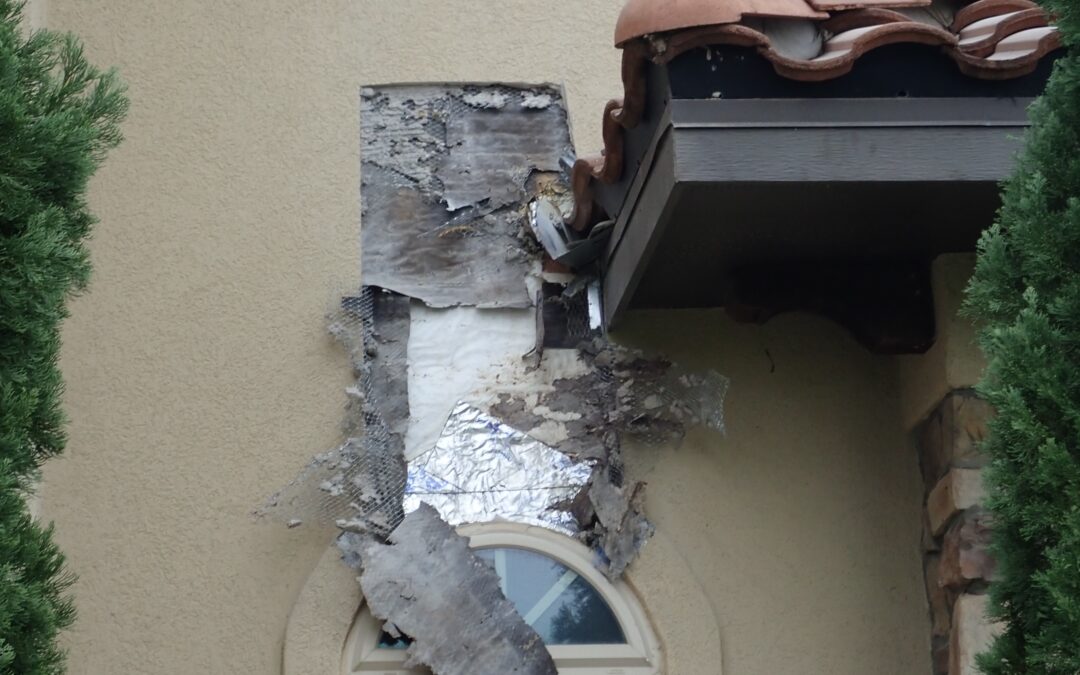Information on Your Home Is Available
I receive a lot of advertising emails daily and one I recently received was selling access to historical property condition information on homes assumably to be used by a potential buyer. I don’t know anything about the company and don’t want to advertise for them, so I am not going to mention their name. This advertisement got me wondering where they get their information and whether I could find similar information without having to go through a third party or pay for it. I was not successful in determining their sources, but I did find that you can obtain information on previous insurance claims if you have the time.
Getting the Best Information
When buying a home, you want the best information you can obtain on its condition so that you can make an informed decision. Having the home inspected provides information on the general condition of a property based upon a visual inspection and is necessarily limited because it often cannot uncover latent defects. What about the condition of the property prior to our inspection? It is possible that damage to a building has occurred and has been repaired or still exists but is not readily apparent during a non-destructive visual inspection. Although sellers’ disclosures, required in many transactions, allow a seller to convey to a buyer a building’s major assets and defects known to exist and those which have been repaired, it is possible damage due to an insurable event occurred which were forgotten or may have occurred with a previous owner and may be unknown to a current owner. One tool which can provide some additional information is a Comprehensive Loss Underwriting Exchange Report, or C.L.U.E. report. This report is used by insurance providers when determining rates for a policy by providing insurance claims history information and is available to owners upon request.
Knowledge is Power
Knowing an insurance claim was made on a building can allow a buyer to investigate and obtain additional information from the owner if needed regarding the claim or allow a buyer to make a more informed decision. In some cases, it may prompt a buyer to consider the need for additional destructive inspections during the inspection process to gather additional information where possible.
C.L.U.E. reports are available to insurance providers and are available to insured owners free once a year. They should be available to a potential buyer upon request if the owner has considered obtaining one prior to selling a home; however, if the owner does not have this report readily available expect it to take time to obtain. Time frames reportedly can take a few weeks and may be faster if requested through the owner’s insurance provider. Third party providers, such as the one that emailed me, aggregate data for sale may also provide data including that found in a C.L.U.E. report on a building at an additional fee; however, the quality the data may vary so be sure to verify the sources of the data before making payment.
For the most recent and accurate information on this subject visit these links:
Texas Sellers Disclosure Notice Information – Seller’s Disclosure Notice | TREC (texas.gov)
LexisNexis C.L.U.E. Consumer Portal – LexisNexis Consumer Disclosure – LexisNexis Risk Solutions Consumer Disclosure
Consumer Financial Protection Bureau – Comprehensive Loss Underwriting Exchange | Consumer Financial Protection Bureau (consumerfinance.gov)


Recent Comments